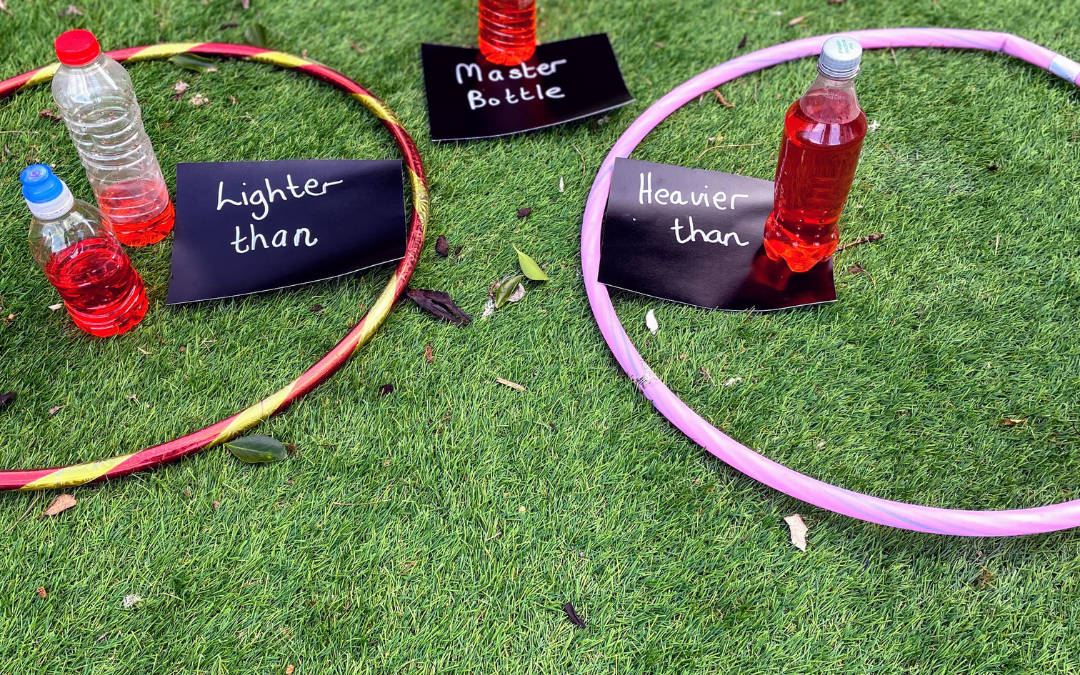The Ultimate Outdoor Curriculum: A Guide to Transforming Outdoor Learning
Why an Outdoor Curriculum is Essential for Education
An outdoor curriculum is a structured way to incorporate nature-based learning into everyday teaching, providing students with hands-on experiences that enhance creativity, problem-solving, and well-being. Outdoor learning has been proven to improve academic performance, boost mental health, and increase engagement across all subjects.
Implementing an effective outdoor learning curriculum ensures that children develop essential life skills while fostering a deeper connection with the natural world. Schools and educators looking to incorporate outdoor education can explore structured lesson plans at The Muddy Puddle Teacher, a leading outdoor learning resource.
Key Elements of an Effective Outdoor Curriculum
An outdoor curriculum should be adaptable, cross-curricular, and engaging. Here are the essential components:
1. Outdoor Maths and Numeracy
Maths can be more engaging when taken outside, where students can explore real-world applications:
- Measuring Nature – Use natural objects to explore measurement, perimeter, and area.
- Outdoor Fractions – Divide logs, leaves, or stones to demonstrate fractions and equivalence.
- Coordinate Mapping – Teach students how to read maps using grid coordinates.
- Maths Trails – Create number challenges with problem-solving stations around the school grounds.
For more outdoor maths ideas, check out National Numeracy.
2. Science and Environmental Education
Outdoor learning is an excellent way to make science hands-on and interactive:
- Biodiversity Surveys – Encourage students to record different plant and animal species.
- Weather Tracking – Set up a simple weather station to monitor climate conditions.
- Plant Life Cycles – Observe how plants grow and change with the seasons.
- Outdoor STEM Experiments – Conduct water filtration, soil testing, or physics experiments outdoors.
For more KS1 and KS2 science resources, visit STEM Learning UK.
3. Outdoor Literacy and Language Development
Enhance language skills through immersive, nature-based literacy activities:
- Nature Poetry Writing – Inspire students to write acrostic, haiku, or free-verse poetry.
- Storytelling with Found Objects – Use twigs, leaves, and stones to create narrative structures.
- Outdoor Debates – Encourage persuasive speaking on environmental issues.
- Reading in Nature – Create an outdoor reading space to enhance comprehension and engagement.
For structured phonics and literacy-based outdoor learning, check out The Muddy Puddle Teacher’s Outdoor Literacy Activities.
4. Creative Arts and Outdoor Expression
Art and design become more engaging when integrated with nature:
- Land Art Creations – Arrange leaves, stones, and flowers into artistic patterns.
- Nature Sketching – Draw outdoor landscapes and wildlife.
- Shadow Art – Trace shadows at different times of day to explore light and movement.
- Eco-Friendly Sculpture – Use recycled materials and natural elements for 3D art projects.
For more eco-friendly art ideas, visit National Geographic Kids.
5. Physical Education and Teamwork in Nature
Encourage movement and teamwork with these outdoor activities:
- Orienteering Challenges – Teach navigation skills with compasses and maps.
- Survival Skills Training – Have students build shelters and learn basic outdoor survival techniques.
- Outdoor Yoga and Mindfulness – Use nature as a calming environment for relaxation exercises.
- Nature-Themed Scavenger Hunts – Encourage teamwork and exploration with goal-oriented hunts.
For more outdoor PE ideas, visit The PE Hub.
How to Implement an Outdoor Curriculum in Schools
Simple Steps to Get Started
- Align with the National Curriculum – Ensure outdoor learning meets learning objectives.
- Plan for All Weather Conditions – Encourage outdoor learning year-round with proper clothing and shelters.
- Engage Local Communities – Partner with local parks, conservation groups, and outdoor education centers.
- Provide Teacher Training – Equip educators with the skills to teach confidently outdoors.
For outdoor learning teacher training, check out The Muddy Puddle Teacher’s Outdoor Learning Training.


